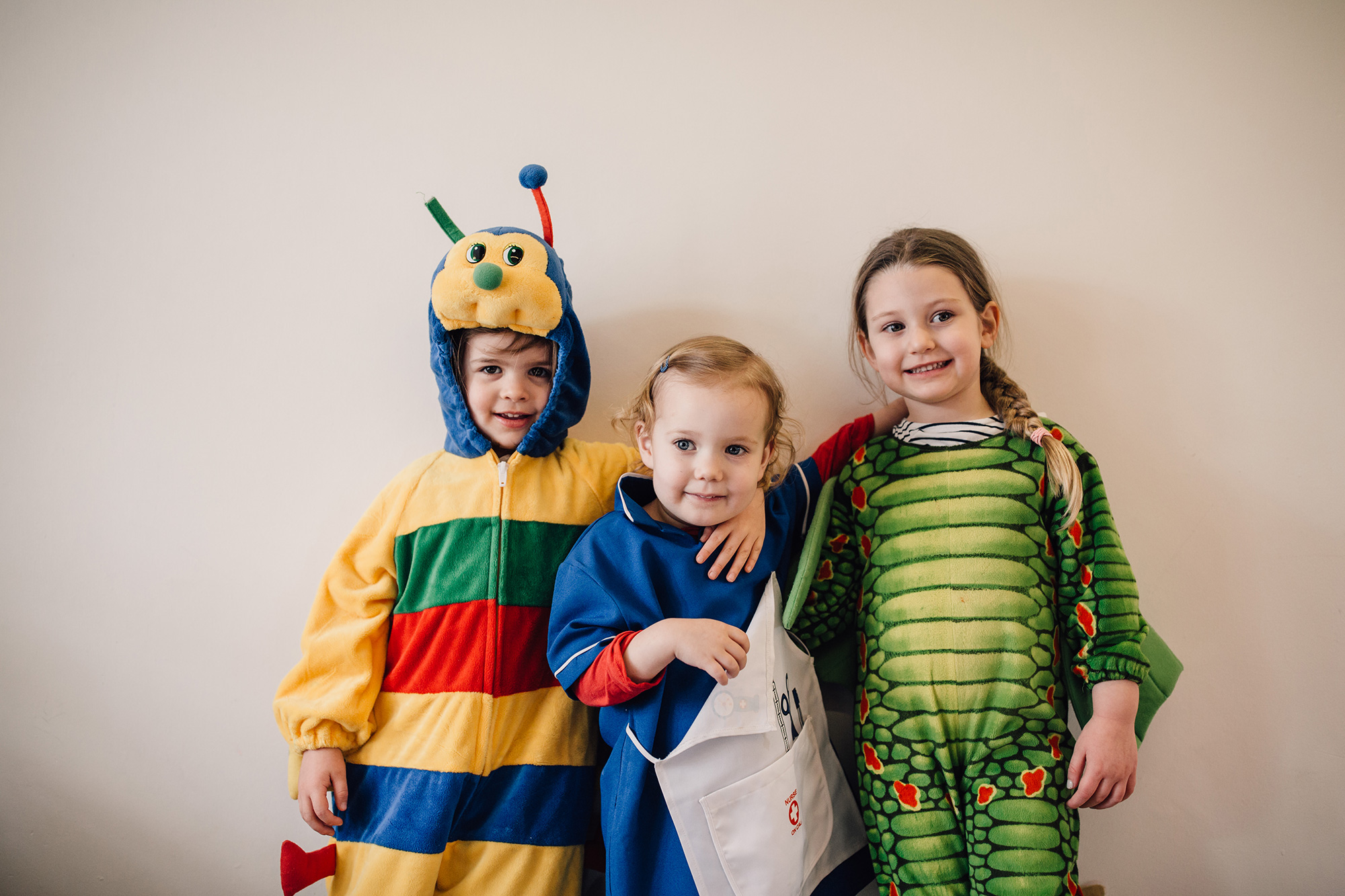5 Ways to Teach Kindness

Kindness is a lifelong skill and is learned through reciprocity. It’s about learning to have consideration for others, rather than acting only out of self-interest. Kindness will help your child understand empathy, compassion, and generosity, which in turn will support them in developing positive relationships with others and creating a positive impact in the world around them.
Children can learn kindness in many ways. Whether it’s by sharing a toy, waving to a neighbour, or inviting a lonely classmate to play with them, it’s important to help nurture kindness in your child from a young age. Here are five ways you can encourage, model and instil kindness in your child.
- Demonstrate what kindness means
Children are eager to imitate us and observe how we treat others. From subtle actions, such as putting your phone down to make eye contact and engage in conversation, to more tangible acts of kindness, like bringing a meal to a sick friend, you set an example of compassionate behaviour.
Toddlers are naturally focused on "me" and "mine," but you can gradually help them think in terms of "us" and "we" by using inclusive language.
Acknowledge and praise your child when they show kindness. For example, say, “That was so kind of you to share your snack with me.” This positive reinforcement makes them feel good about sharing, encouraging them to do so more often.
- Inspire their imagination
You need to be able to put yourself in someone else’s shoes to feel compassion and empathy. For children, role-playing different scenarios can be a great way to show them how compliments, apologies, and supportive words can make a difference. Try saying to your child, “Your teddy fell down and bumped its head - what do you think we should do?”
Helping your child connect with someone else’s experience, especially when it differs from their own, can be challenging. Reading books together is a great way to help children understand emotions and learn how to be considerate of others—check out these 5 books about kindness.
Consider giving your child something to care for. You could get a houseplant or grow something in the garden, such as vegetables or herbs. Why not try growing a sunflower?
- Understand that kindness isn’t always easy
Help your child understand that kindness can be challenging at times. Remind them that feeling uncomfortable or struggling to share doesn’t mean they aren’t kind.
The more you encourage your child to practice kindness, the more natural and effortless it will become—even in difficult situations. For example, they might find it hard to approach a classmate who looks lonely when they’re feeling shy themselves, but with practice, it will get easier.
Another example is when a friend takes a toy they wanted to play with. Instead of getting upset, they can practice kindness by using words to express their feelings calmly or by finding another way to play together. You can help by role-playing these situations at home, encouraging them to think about how the other person might feel, and praising their efforts when they handle things with kindness.
- Talk openly and encourage questions
Talk to your child about their feelings and help them recognise the emotions of others. This will improve their ability to understand body language and subtle social cues when building friendships.
Encourage your child to ask questions about people they meet who may be different from them. For example, you might ask them questions like, “How do you think your friend felt when that happened?” Encourage them to put themselves in someone else’s shoes and help them understand that everyone is unique and that treating others with kindness sometimes means considering what’s best for them, even if it differs from what we might prefer.
By openly discussing other people’s emotions, you’ll help your child develop a broader and more empathetic understanding of the world around them.
- Pay attention to the effects of kindness
After highlighting and praising your child for being kind (see point 1!), ask them how it made them feel. Encouraging them to recognise the positive emotions that come with kindness, and how others respond to it, will inspire them to be kind more often. For instance, you might want to involve them in activities such as donating toys, helping a charity, or making gifts for friends and family, to show them that small acts of kindness can have a big impact.
Similarly, help them notice when others show kindness toward them, and encourage them to reflect on how this made them feel in return. A grateful heart naturally leads to kindness. Encourage your child to appreciate the people and things in their life by sharing things they’re thankful for at dinner or writing thank-you notes to loved ones.
Kindness feels good!
At Bright Horizons, kindness isn’t just something we teach - it’s something we nurture every day. That is why our unique Nurture Approach blends research-based holistic learning with a strong focus on children’s emotional wellbeing, to support the growth and development of the whole child. Whether it’s sharing a toy with a friend, saying “sorry” after a mishap, or noticing when someone needs a helping hand, our practitioners gently weave lessons of kindness, compassion and empathy into daily experiences, helping children build the social and emotional foundations they need to thrive not just in their early years, but in life.





